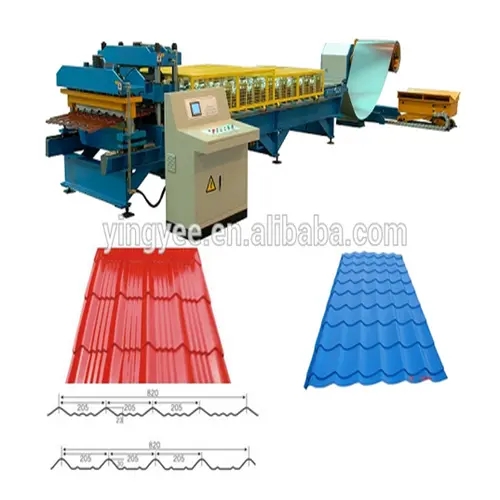
The Role of Cold Bending Machines in Noise Barrier Production
In urban environments, noise pollution has become a significant issue, impacting the quality of life for many residents. One effective solution to this problem is the installation of noise barriers, which are structures designed to shield communities from the disruptive sounds generated by traffic and industrial activities. The production of these noise barriers involves various advanced manufacturing techniques, and one of the most critical processes is cold bending, which is facilitated by specialized machinery known as cold bending machines.
Cold bending machines are designed to manipulate metal sheets and profiles without the application of heat, maintaining the integrity and strength of the material. In the context of noise barrier production, these machines allow manufacturers to create curved and angled structures that can fit seamlessly into the landscape. The versatility of cold bending technology is particularly valuable, as it allows for the customization of noise barriers to meet specific aesthetic and functional requirements.
The Role of Cold Bending Machines in Noise Barrier Production
The materials typically used for noise barriers include steel, aluminum, and composite materials. Cold bending machines are capable of handling a variety of these materials, ensuring that manufacturers can select the best option based on durability, weight, and resistance to environmental factors. For instance, steel is often chosen for its strength and longevity, while aluminum might be preferred for its lightweight properties and resistance to corrosion. By accommodating different materials, cold bending machines enhance the versatility of noise barrier systems.

Furthermore, the cold bending process is cost-effective and environmentally friendly. Unlike hot bending, which requires significant energy input for heating the materials, cold bending consumes less energy and produces fewer emissions. This reduction in energy consumption makes cold bending machines a more sustainable option in manufacturing practices, aligning with the growing demand for eco-friendly production methods.
In addition to environmental benefits, the use of cold bending machines can significantly reduce production time. The automation and efficiency inherent in these machines allow for quick setup and rapid processing of materials. This efficiency translates to faster construction timelines for noise barriers, ensuring that communities can benefit from reduced noise levels in a shorter period.
As urban areas continue to expand and the need for effective noise mitigation grows, the role of cold bending machines in noise barrier production will likely increase. Innovations in machine technology may further enhance the capabilities of cold bending, enabling even more complex designs and higher levels of efficiency. Manufacturers are also exploring the integration of smart technology, which could allow for real-time monitoring and adjustments during the bending process, leading to even greater precision and consistency.
In conclusion, cold bending machines are indispensable in the production of noise barriers, offering precision, versatility, and sustainability. As cities strive to create quieter and more livable environments, the adoption of advanced manufacturing techniques, including those facilitated by cold bending machinery, will be essential in addressing the challenges posed by noise pollution. This technology not only improves the quality of noise barriers but also contributes to the overall goal of developing environmentally responsible and efficient manufacturing practices in the construction industry.